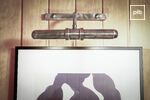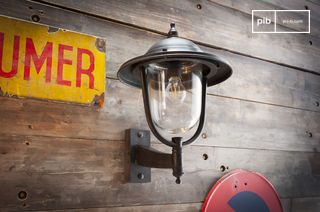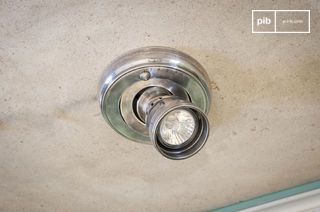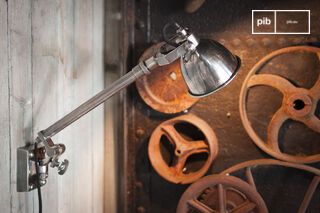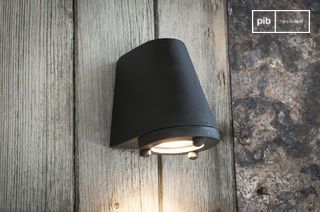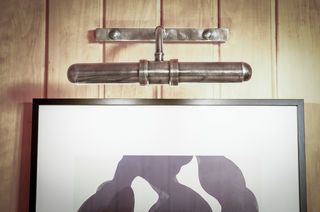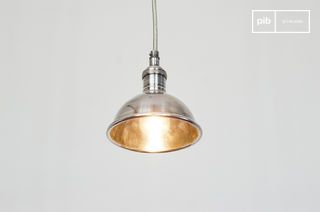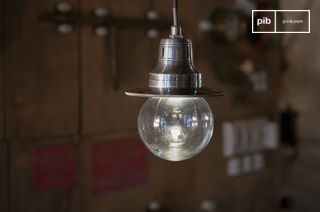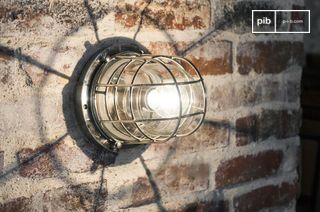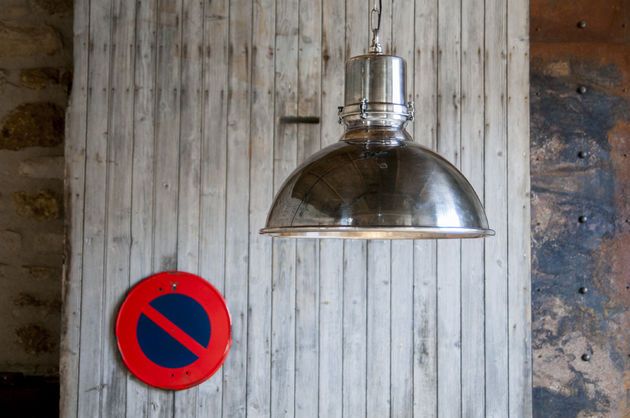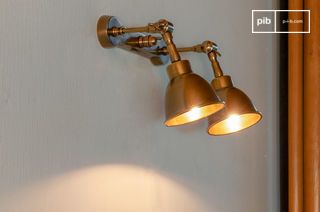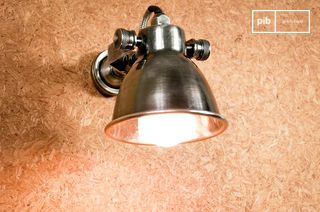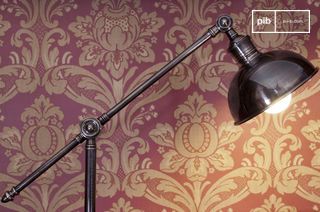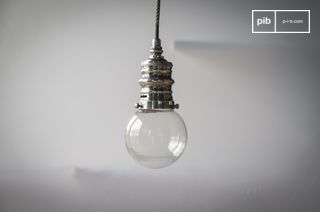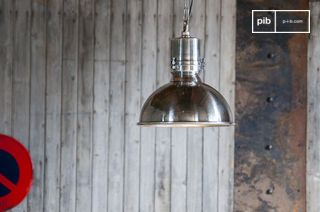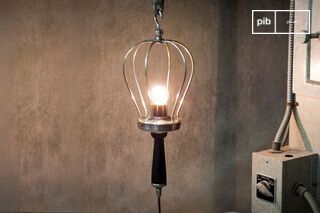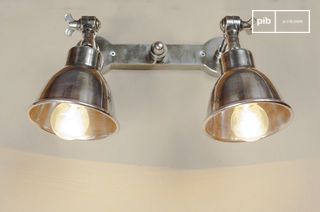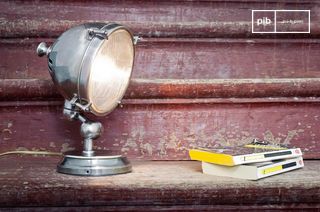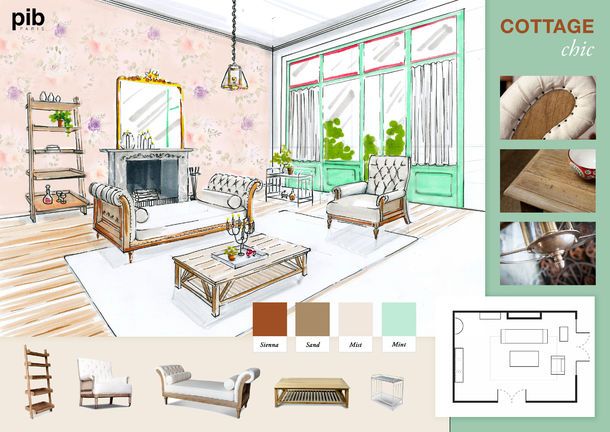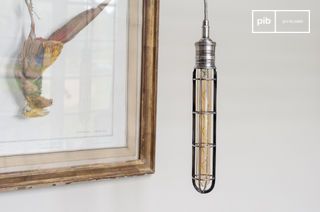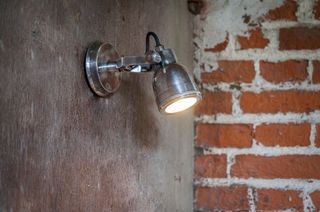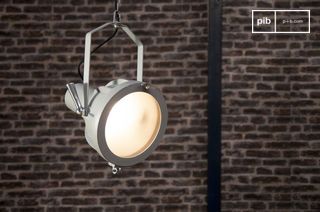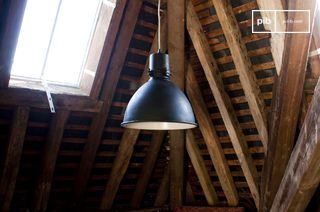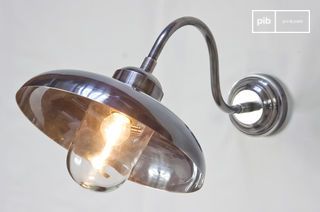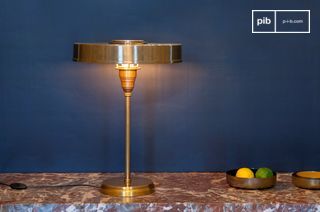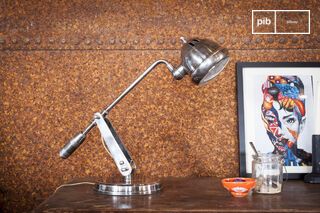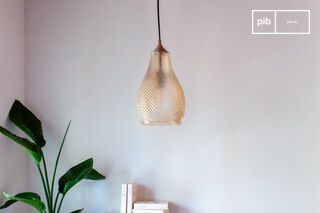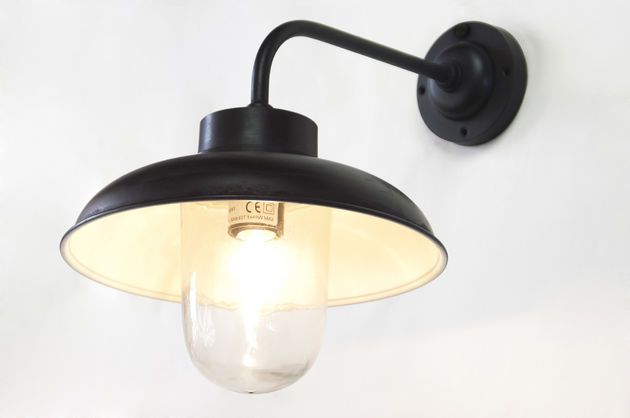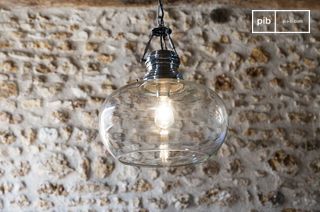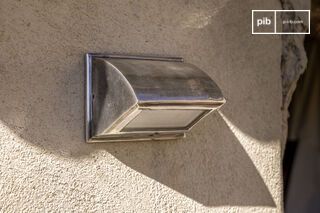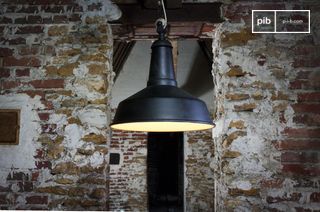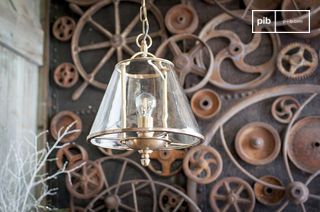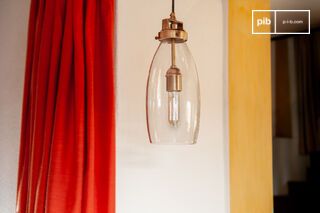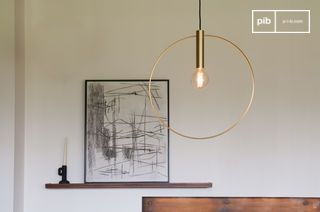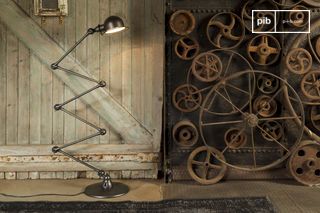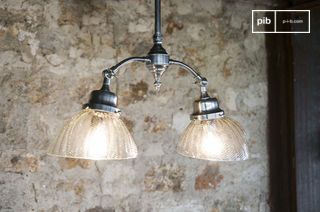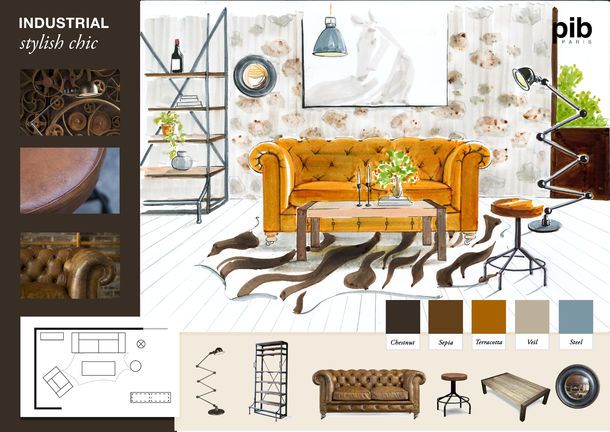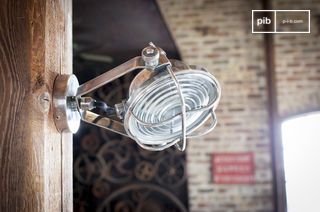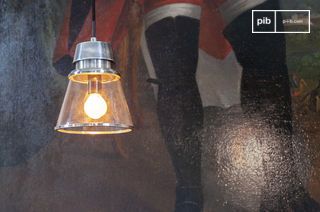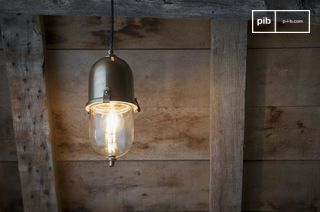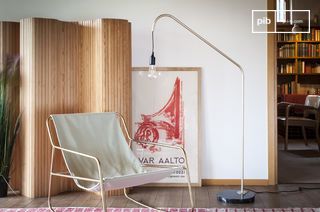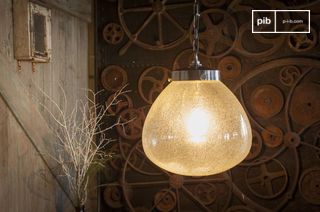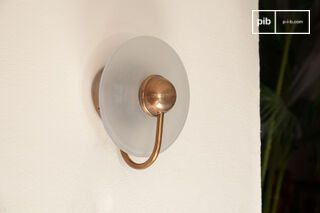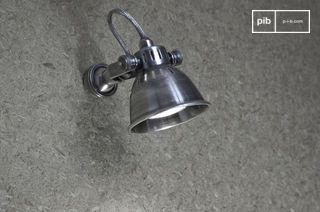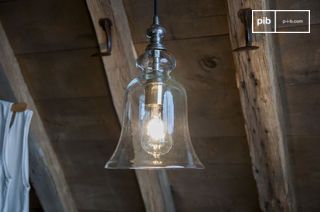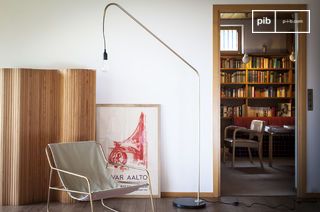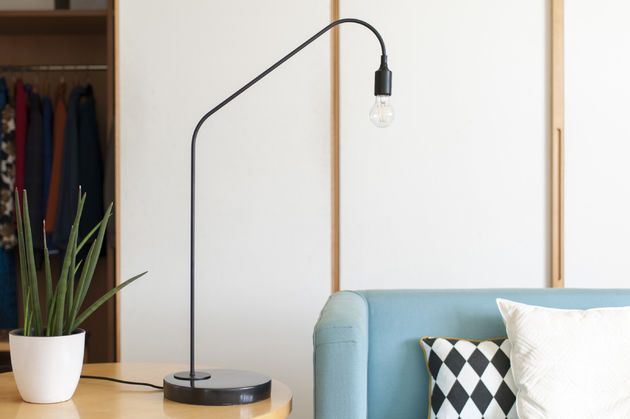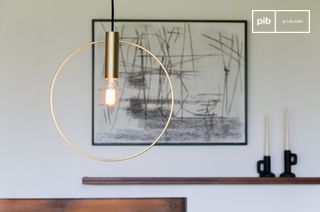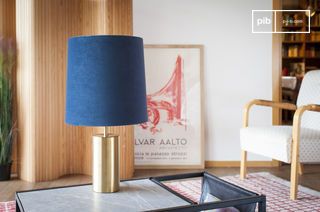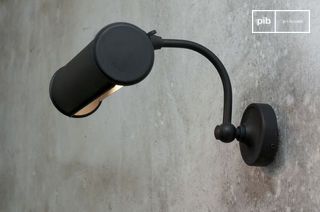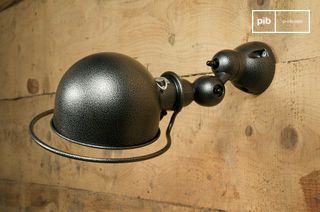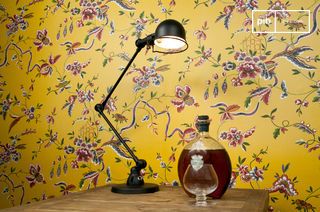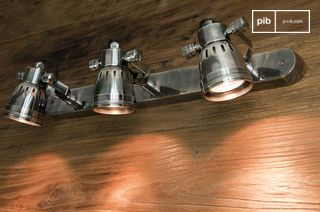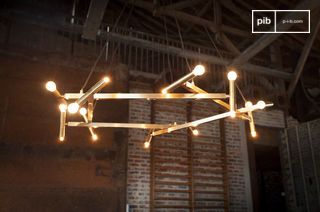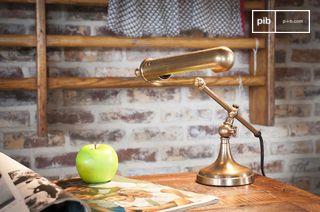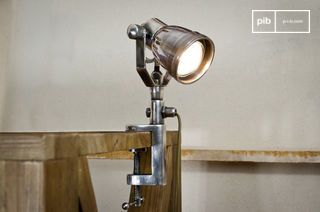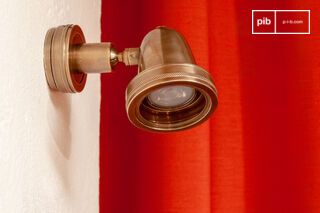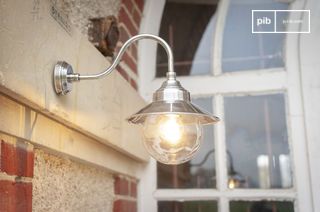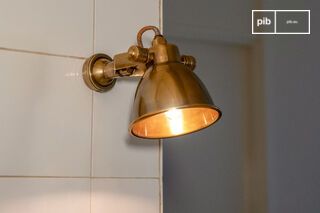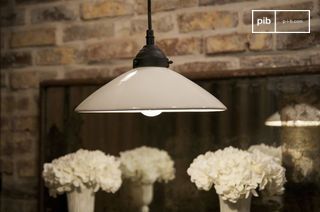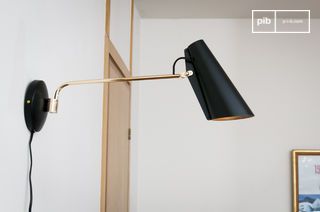Vintage lighting
Vintage fixtures structure lighting by drawing on visual codes from past decades. Patinated metal, simple geometric shapes, opaline shades or articulated arms create directed or diffused light. Each vintage luminaire inscribes a light source into an identifiable formal vocabulary. They blend into a sober or contrasting layout, creating a point of tension or continuity. Here, lighting becomes a spatial reference as much as a functional tool.
read more >Filters
10 festive days
10% off our tables and consoles
Welcome your guests in style · Limited stock
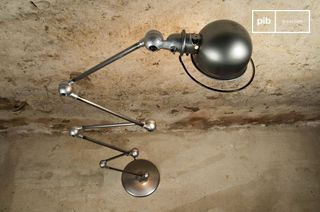
Jieldé lampLoft
€983
Forms, materials and stylistic landmarks
A vintage luminaire does not designate a single era, but a set of formal references borrowed from the decades of the 20th century. The 1930s to 1980s form the main base: lamps with articulated arms, lacquered metal pendants, blown opal, tubular structures or tripod bases. These objects are characterized by an immediate legibility of function and form, often expressed by raw or lightly transformed materials.
Metal, in its painted, chromed or patinated versions, remains central. It structures the volume, frames the light source or supports the shade. Frosted glass, opaline or stretched fabric introduce a softer diffusion. Wood, sometimes used as a base or arm, warms the whole without dominating. The silhouette is identifiable without being ostentatious. The vintage luminaire is as much a tool as a built object.
Differentiated typologies and uses
Vintage luminaires cover the whole range of lighting typologies: table lamps, pendant lamps, wall sconces, floor lamps with central shafts or adjustable arms. Each configuration responds to a precise use, which the formal vocabulary makes legible. A white opaline suspension above a table evokes the 1950s. A swiveling wall lamp in painted metal echoes the industrial models of the '60s or the Scandinavian reissues of the following decades.
The choice of a vintage luminaire engages a logic of design but also of spatial positioning. The closed shade channels light onto a precise area. The adjustable arm frees up a reading surface. The perforated shade introduces a partial shadow play on the walls. These elements should be chosen according to ceiling height, available surface area and room circulation. A well-positioned fixture produces useful lighting, without creating visual discomfort or spatial imbalance.
Integration into a contemporary layout
A vintage fixture can cohabit with contemporary furniture if the proportions and consistency of lines are respected. It then serves as a counterpoint, punctuation or extension, depending on the case. In a space dominated by smooth or industrial materials, a tripod floor lamp in wood and metal introduces a variation in texture. In an interior structured around geometric volumes, a '60s suspension with curved lines breaks up repetition without dissonance.
Color and material must be chosen with care. Black or gold metal blends in easily. Pastel shades or varnished surfaces require visual anchoring: floor, wall frame, seat. The light emitted plays a structuring role: warm white for domestic use, neutral light for a work or transit area. It is recommended not to multiply vintage sources in the same limited volume, to avoid redundancy or the pastiche effect.
Choosing a vintage luminaire means inserting a light source into a defined visual structure. It's not a decorative evocation but a gesture of interior design. It organizes the gaze, specifies functions and qualifies the atmosphere, without ever imposing an external narrative.
